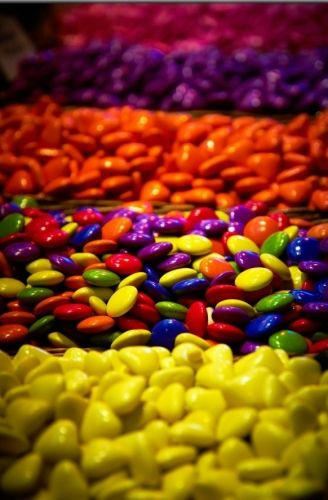Science Fair Project Finds Confusion Between Candy, Medication

A science fair project by a pair of twelve year olds is making waves in the science community as educators rethink what their students pop in their mouths.
Eleanor Bishop and Casey Gittelman, of Cincinnati, were recently asked to present their middle school science fair project to a group of pediatricians at the American Academy of Pediatrics nation conference in Boston. The girls presented a project last year that found than more than one in four children and one in five teachers couldn’t tell the difference between pills and candy.
The young scientists used 30 teachers and 30 kindergarten students from a local elementary school as test subjects, then asked if the adults and children could tell the difference between candy and real medicine that Gittelman got from a medicine cabinet from the Drug and Poison Information Center at Cincinnati Children’s Hospital Medical Center, where Gittelman’s father is a physician.
They found the students could differentiate candy from medicine 71 percent of the time and teachers could 78 percent.
Forty-three percent thought M&M’s were Coricidin, an over-the-counter cold and flu medicine; 53 percent thought SweeTARTS were Mylanta; half thought Reese’s Pieces were Sine-Off, a cold and sinus medication; and 53 percent thought SweeTARTS could also be Tums.
The girls also found that 78 percent of participants said medicines in their homes were not locked or out of the reach of children.



























